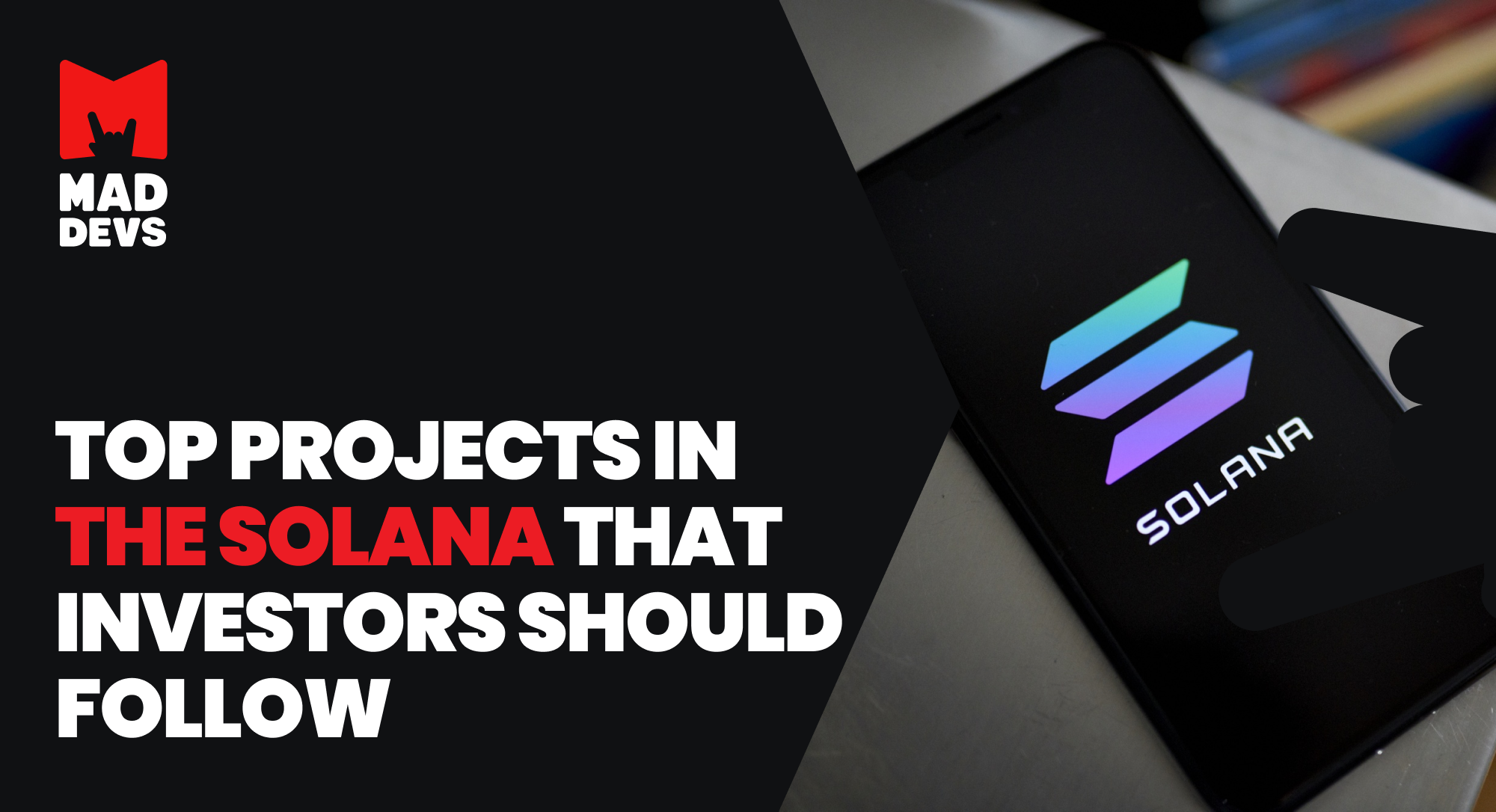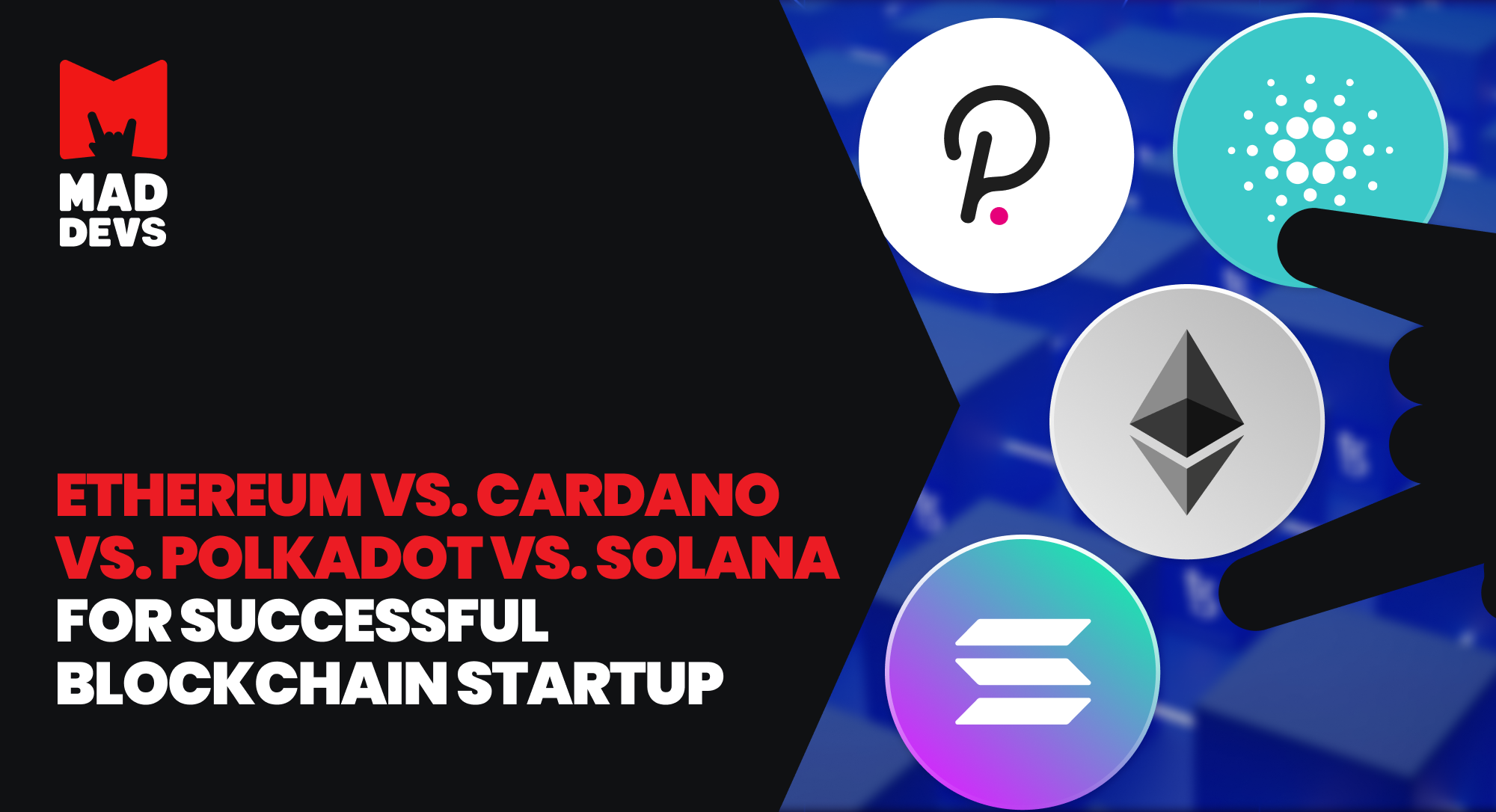The popularity of digital marketplaces for various types of products is increasing daily. NFTs are becoming popular outside of the crypto sphere, meaning NFT marketplaces are evolving as well.
Marketplaces are where the general public can interact with content creators and are the entities responsible for facilitating NFT trading. Now, every content creator can become a prominent market seller just by participating in NFT marketplaces. As a new industry, there’s plenty of space for new ideas and niches. Thinking about creating your own NFT marketplace? In this article, we’ll discuss the various steps and costs involved.
What is an NFT marketplace?
Non-fungible token (NFT) marketplaces are Web3 applications that allow people to buy and sell various types of NFTs. Some marketplaces are open to the public, such as those that allow people with crypto wallets to buy and sell their own NFTs. Others are not open to the public and only allow certain companies and brands to sell their NFTs.
With an NFT marketplace, people can easily create accounts and sell their digital artworks and other items. Niche marketplaces are usually more in demand than standard ones due to their specialized features and ability to sell various types of art.
How does an NFT marketplace work?
The users of an NFT marketplace must first install a digital wallet to operate. This app stores the data of the owner's files on the blockchain, which is different from the data stored on a disk drive. In addition, it allows users to create collections by displaying the work or digital item they want to buy. They can then choose the payment token they want to accept.
After the item has been listed, the transaction will be created following the auction. The creator's wallet then launches a smart contract to spell out the terms of the deal between the buyer and the seller. The blockchain network automatically generates and validates this deal.
The transaction is then irreversible, as various operational costs are involved in a digital transaction. For instance, the energy costs associated with brokering a transaction, the gas fee, are usually included in the cost of an NFT. As a result, marketplaces use NFTs to charge a fee whenever funds are transferred.
Things to know before building an NFT marketplace
Non-fungible token standards
The standards used to create NFTs ensure a token behaves properly and efficiently. Currently, two standards are used to create an NFT: the Ethereum Improvement Proposal ERC-721 and the Ethereum Improvement Proposal ERC-1155.
The "transferFrom" feature, which allows a blockchain to transfer assets from one owner to another, also improves an NFT's efficiency.
Non-fungible token metadata
The concept of the NFT space is also known as "OwnerOf." This allows users to easily find the owner of a token.
Legal documentation
The legal documentation of an NFT also includes details about a company's formation, IP consideration, privacy policy, and terms of service.
Creating an NFT marketplace
There are several phases to consider when creating a marketplace.
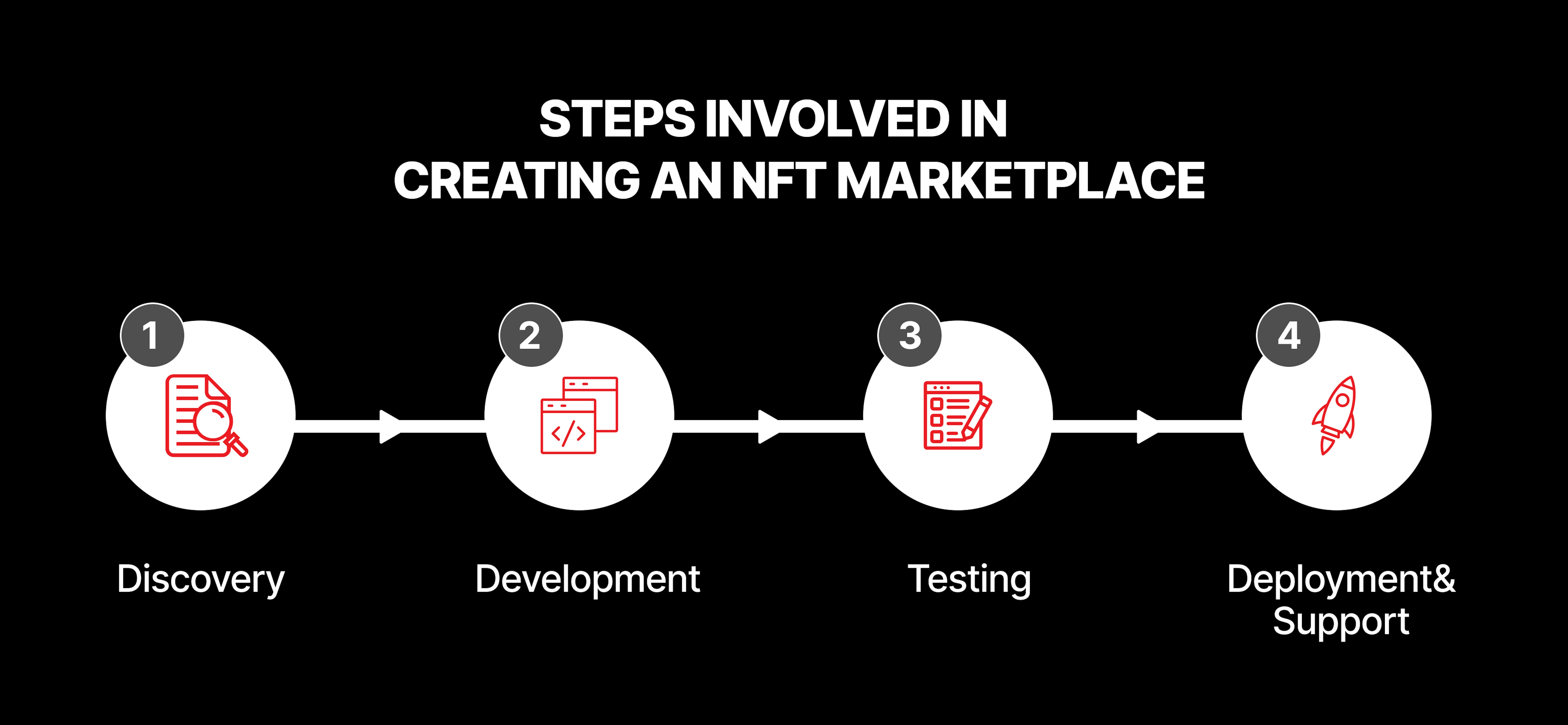
Phase 1. Discovery
The discovery phase is the most crucial step in the development of your NFT marketplace. It involves gathering information about your project's technical feasibility and determining its technical viability.
Some questions that are worth answering in this phase:
- What the type of NFT do you want to work?
- How well do you know about it?
- Do you know your audience?
- Who are your competitors?
- How to monetize your platform?
- What token protocol is more preferable for you and why?
- What technology stack do you need?
Before you start working on a project, first gather information about the platform’s structure, roles, and front-end and back-end operations. Involving software architects will give you a good idea of the technology's capabilities and implementation, and finding a good business analyst with the necessary skills to create comprehensive architecture documentation will also help you better understand hosting requirements.
Phase 2. Development
After gathering information about the site's features and user flows, designers and business analysts start working on the wireframe and layouts. The goal is to create a well-designed and accurate representation of the website's user interface.
The development phase can be divided into 3 branches of work:
- UX/UI designers create a well-designed and user-friendly interface that demonstrates a strong understanding of the various requirements of your target audience and market trends.
- Back-end developers build the internal structure of the website. Since an NFT platform is a decentralized one, most of the data is stored on a blockchain, which is different from the traditional development process. Creating smart contracts and back-end systems is a huge part of the work that goes into building a successful platform. This includes working on various aspects of the ecosystem, such as the marketplace, blockchain, and wallets.
- The front-end developers create the interface that handles the interactions between users and the platform. This is the main task during the development phase, and its main objective is to ensure that the platform is reliable and easy to manage.
Phase 3. Testing
During this phase, the QA team performs various tests to verify that the code is bug-free and works exactly as intended. They will also check the content of the pages and perform other tests to guarantee that the platform is safe and secure. Another essential test confirms the operation of the NFT marketplace on the staging server.
Phase 4. Deployment & support
The team successfully deploys the NFT marketplace on the production server and starts working on the support services to help users navigate the platform's various features. This step also includes planning the platform's future development to meet users' needs.
The cost of developing an NFT marketplace depends on the number of features that you decide to include. Read on to learn about the essential features of a successful NFT marketplace.
The must-have features for NFT marketplace:
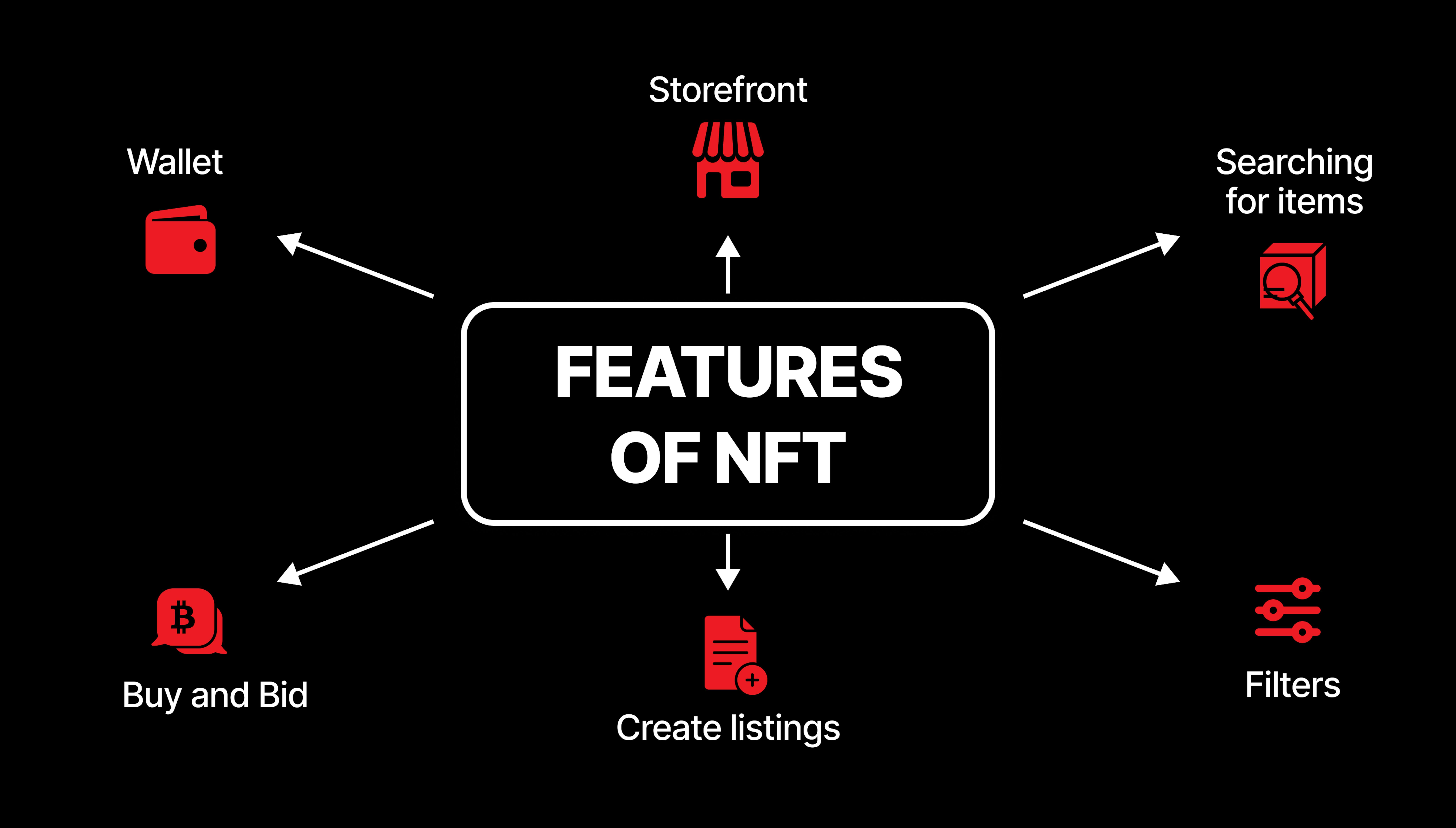
The Storefront section of the NFT marketplace provides users with a variety of information about a listing, such as its details, owner, and bid history. Since NFT platforms are similar to e-commerce sites in terms of their structure, they require an easy-to-use storefront that holds all the necessary data. Site administrators should be able to set the number of details that will be displayed for each file. It’s also important to know the provenance of the files, as well as their rarity.
Although an NFT cannot be copied, it can be released multiple times, and a marketplace will label these editions as "Number 8 of 10," which is important to collectors.
The platform also needs to support category management and search functionality to make it easier for users to search for various types of products. This will allow them to easily add their details. It can also be used to filter listings by price, rarity, and artist.
Another necessary feature in an NFT marketplace is the ability to create listings. Sellers should find it easy to search for and buy various types of art and collectibles, effortlessly list items, and quickly enter all the necessary details.
Also include the ability to manage the buying system and auctions when building your NFT marketplace. This will allow the users to easily add bids, expiration dates, and a watchlist displaying the details of the bid.
Remember to include a wallet. Aside from sending and receiving cryptocurrencies, a wallet will also allow users to store and manage their NFTs and other digital assets. Your team can either create an in-app wallet or integrate existing ones into the application.
Include the ability to send out notifications as well. A notification system will allow both buyers and sellers to receive notifications when an offer has been made, either through e-mails or push notifications. It can also be used to notify the public about the launch of new non-fungible tokens and the upcoming auctions.
A rating system is a useful tool for both buyers and sellers in the NFT business model. It helps deter negative behaviors such as backtracking and false representation. Having a scoring system prevents transactions from going through before a smart contract is implemented.
While the main features of an NFT marketplace are usually related to creating NFTs and multi-payment gateway integration, other features, such as the ability to merge multiple platforms, are also available. These allow entrepreneurs to create their own unique trading platforms.
How much does it cost to create an NFT marketplace?
Prices range anywhere from $30,000 to $500,000 due to the wide variety of factors involved in the development process. Consider them when planning your NFT marketplace:
- Number of features included
- Level of customization
- Developers salary
- Tech stack
- Time limits for development
- Third-party API integration
The table below provides an approximate breakdown of the costs per feature that is relative to the geography of the developers you’ve hired. Note that this only refers to the cost of developing a marketplace.
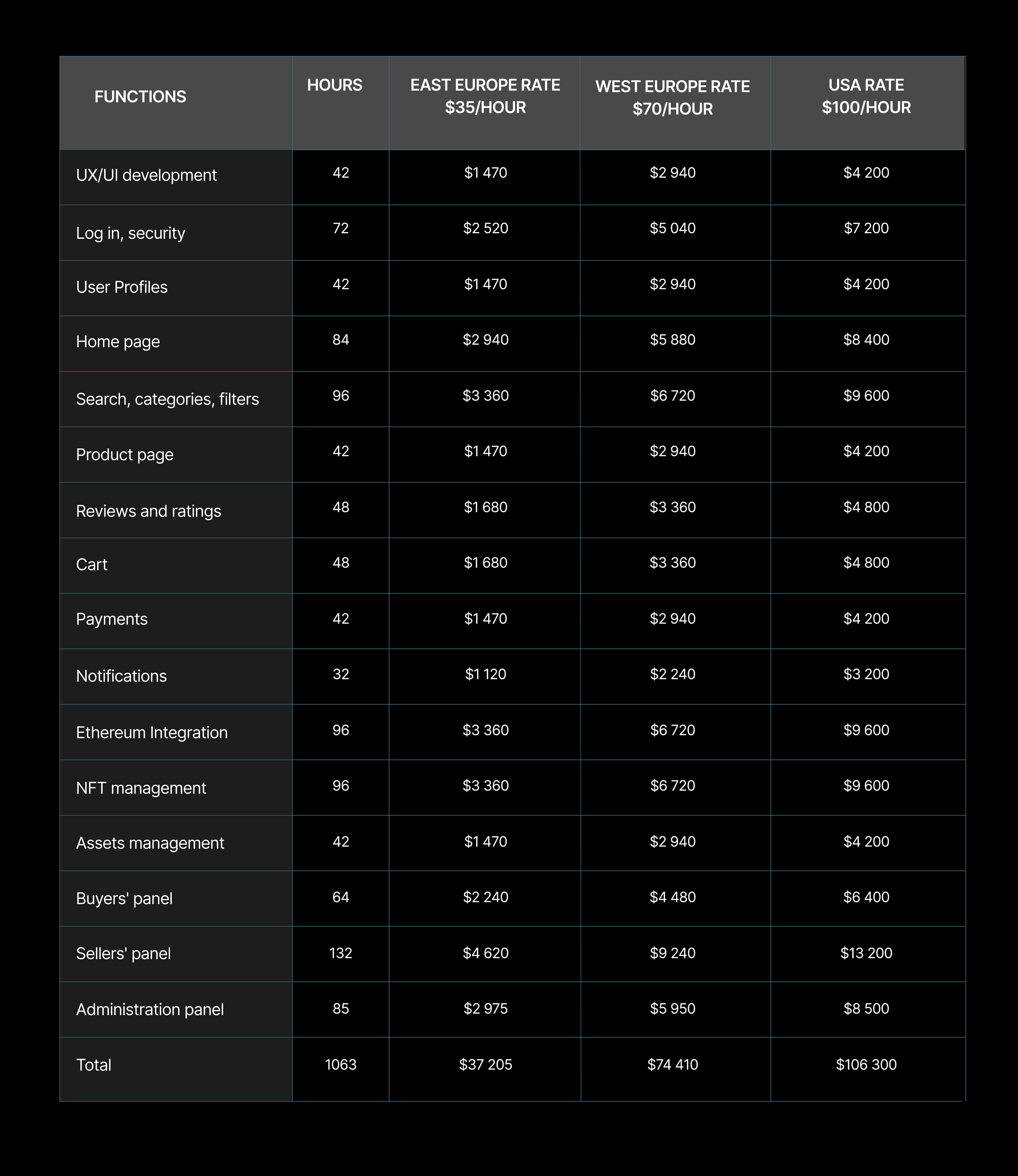
Source: Merehead
Keep in mind that the duration and cost of building an NFT marketplace depend on the complexity of the features that you choose for your application and geographic factors.
Moreover, this table does not consider the costs of:
- Infrastructure, including the server itself
- QA and trial to make sure everything works correctly
- Normal and validated staging to keep the customer satisfied with the result of the software. Some features may need to be changed at this stage, followed by a re-discovery phase.
- Communication and documentation
These points can add from 30 to 50% to the specified cost in the table.
Various companies provide ready-made solutions for blockchain applications, but you should thoroughly check them first to avoid potential issues. Mad Devs has an experienced blockchain team ready to create your NFT marketplace.
5 most popular NFT marketplaces
Below are some of the best NFT marketplaces that allow people to buy and sell digital art. Knowing these platforms should help in developing your own NFT marketplace.
1. OpenSea
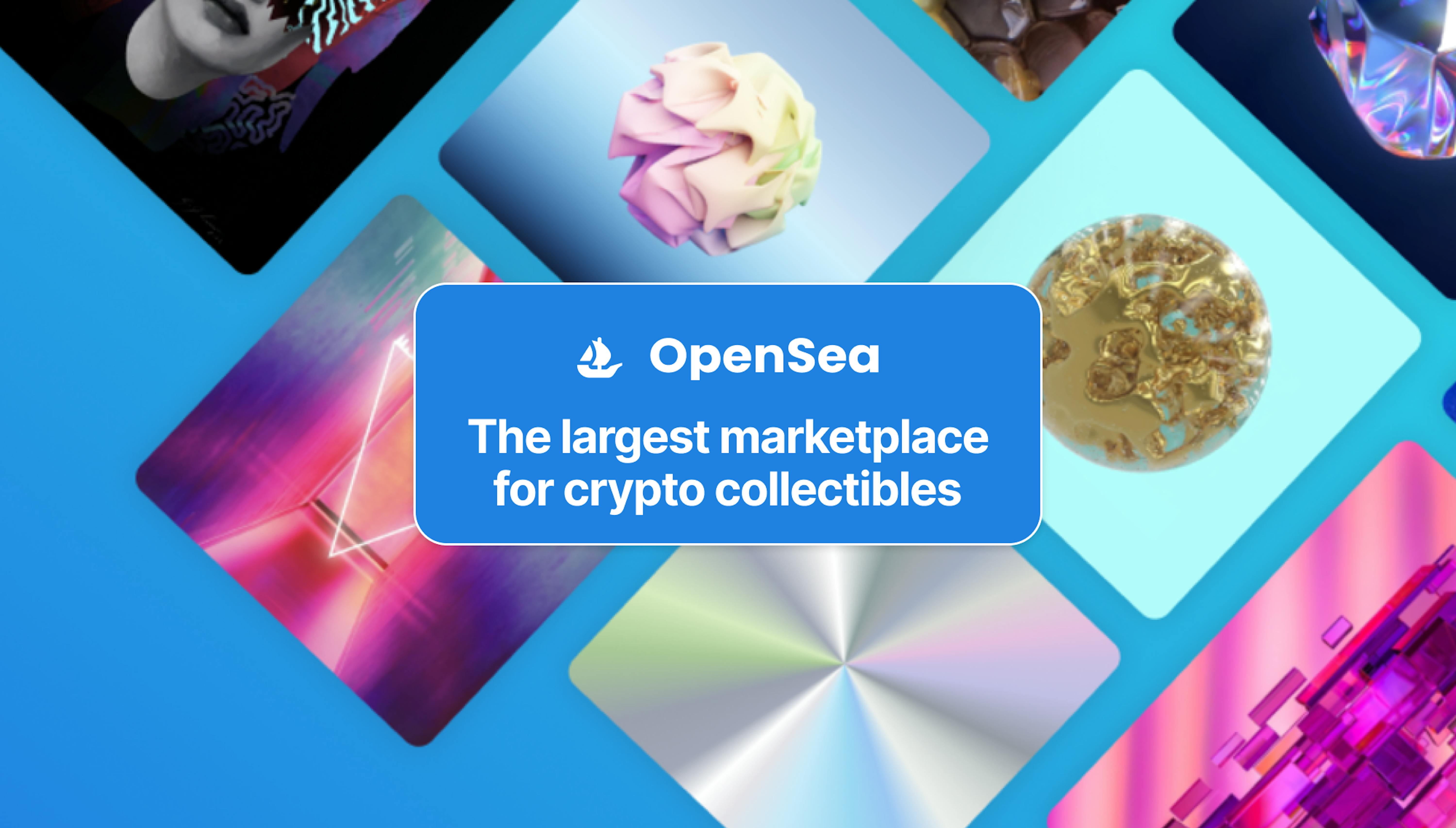
OpenSea is the largest NFT marketplace on the market today. It’s known for the variety of products and services available and is one of the most popular platforms for buying and selling art, music, sports, and photography and is supported by over 150 cryptocurrencies. OpenSEa is an ideal choice for anyone who wants to start trading and selling their digital assets. Its easy-to-use platform allows users to set up an account and start browsing and minting money.
2. Rarible
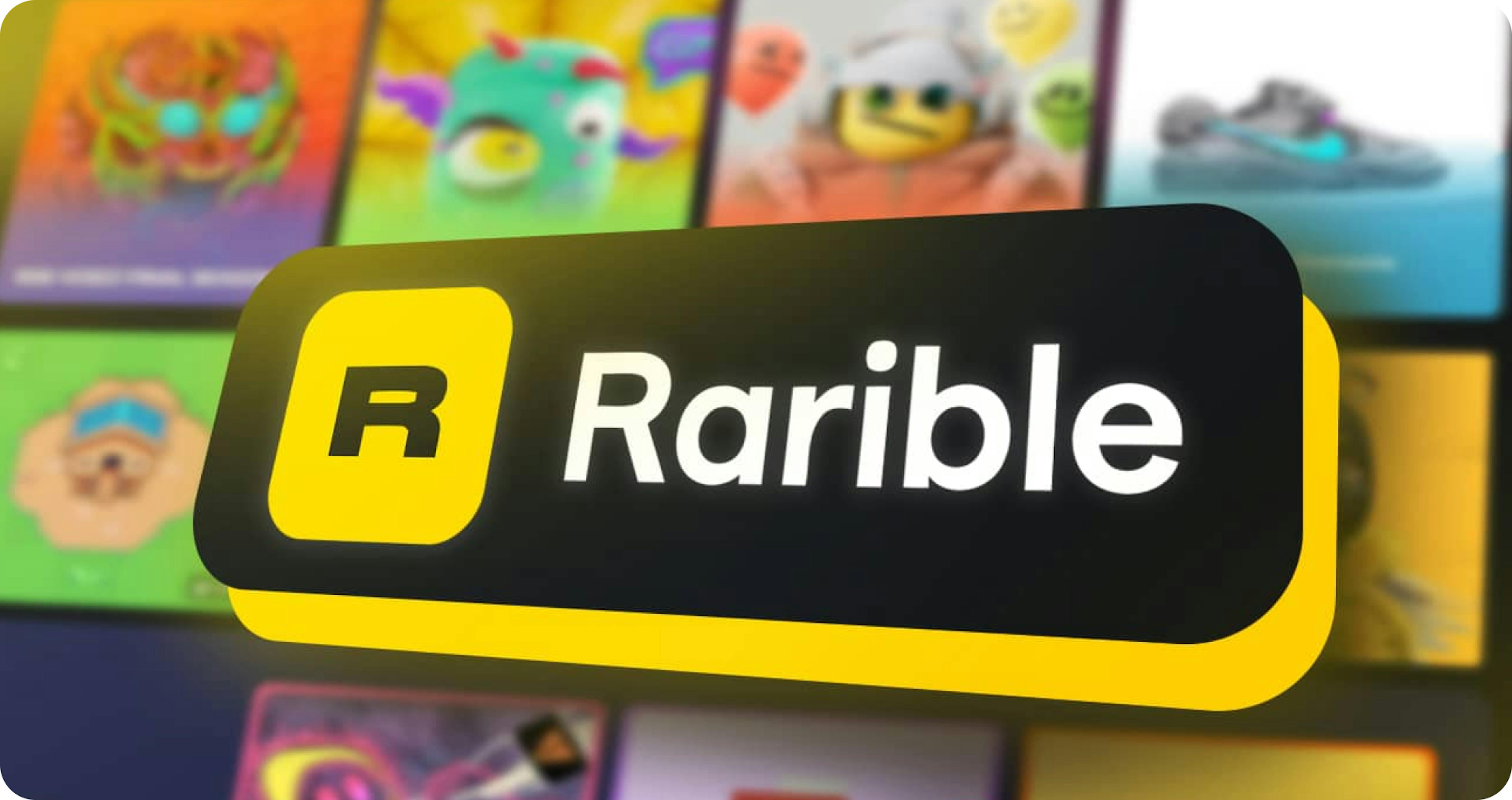
Rarible is a marketplace for buying and selling art, collectibles, and video game assets. Users can complete transactions using various cryptocurrencies, including Rarible’s own RARI token. Owners of RARI have a stake in the company that allows them to participate in decision-making. Rarible partnered with Adobe on the Content Authenticity Initiative to guarantee more secure transactions. It’s praised for being more artist-friendly than other platforms.
3. Nifty Gateway
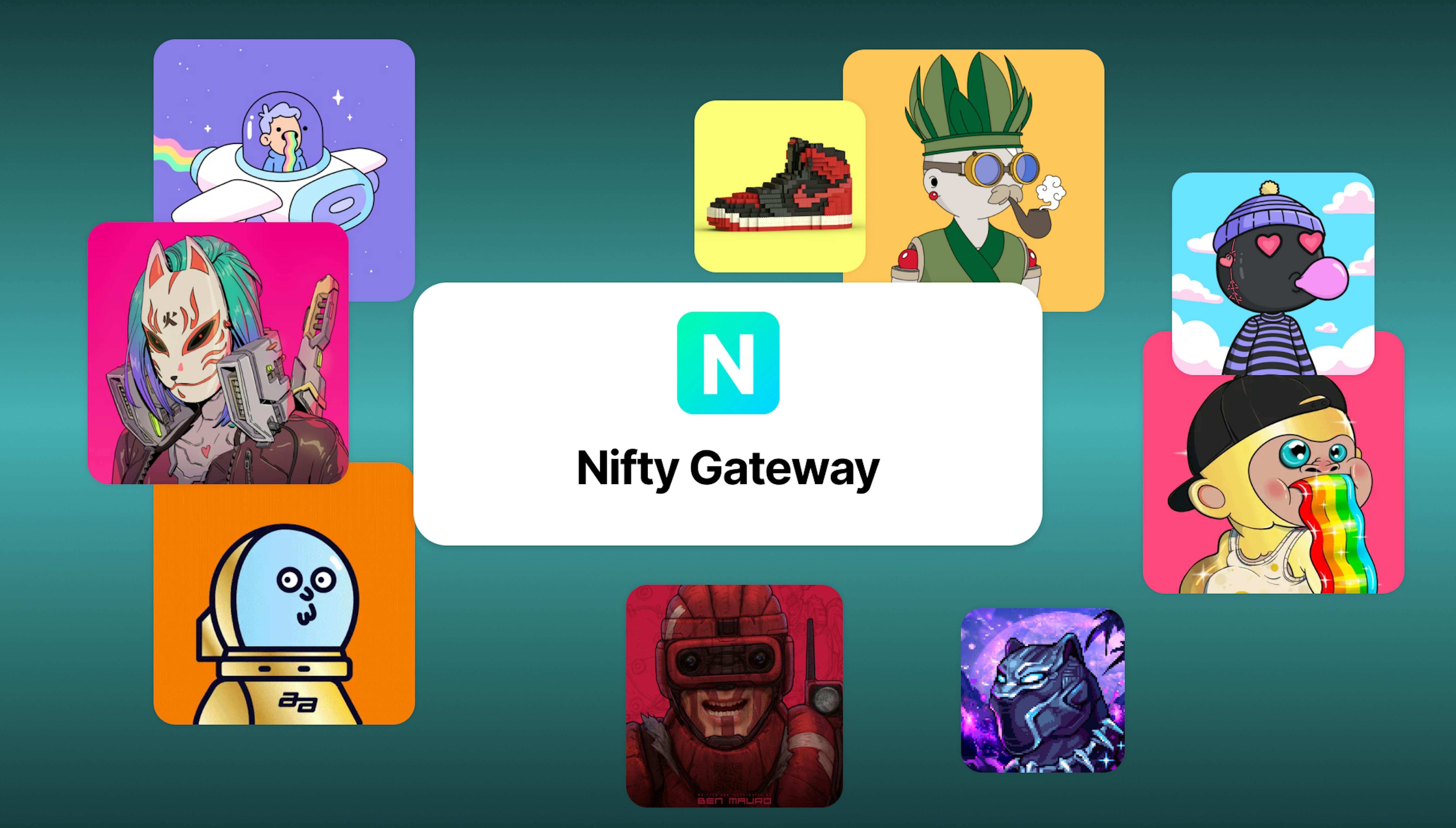
Nifty Gateway is one of the most eye-catching marketplaces for big-money NFT sales, and it hosted two of the most expensive NFTs ever sold: Pak's The Merge and Beeple's CrossROAD. One of the platform's most notable features is its ability to create unlimited editions, which are priced at a base price. This ensures that no more NFTs are issued after the first edition has been sold. Nifty Gateway’s also allows users to make purchases using fiat currency.
4. Binance
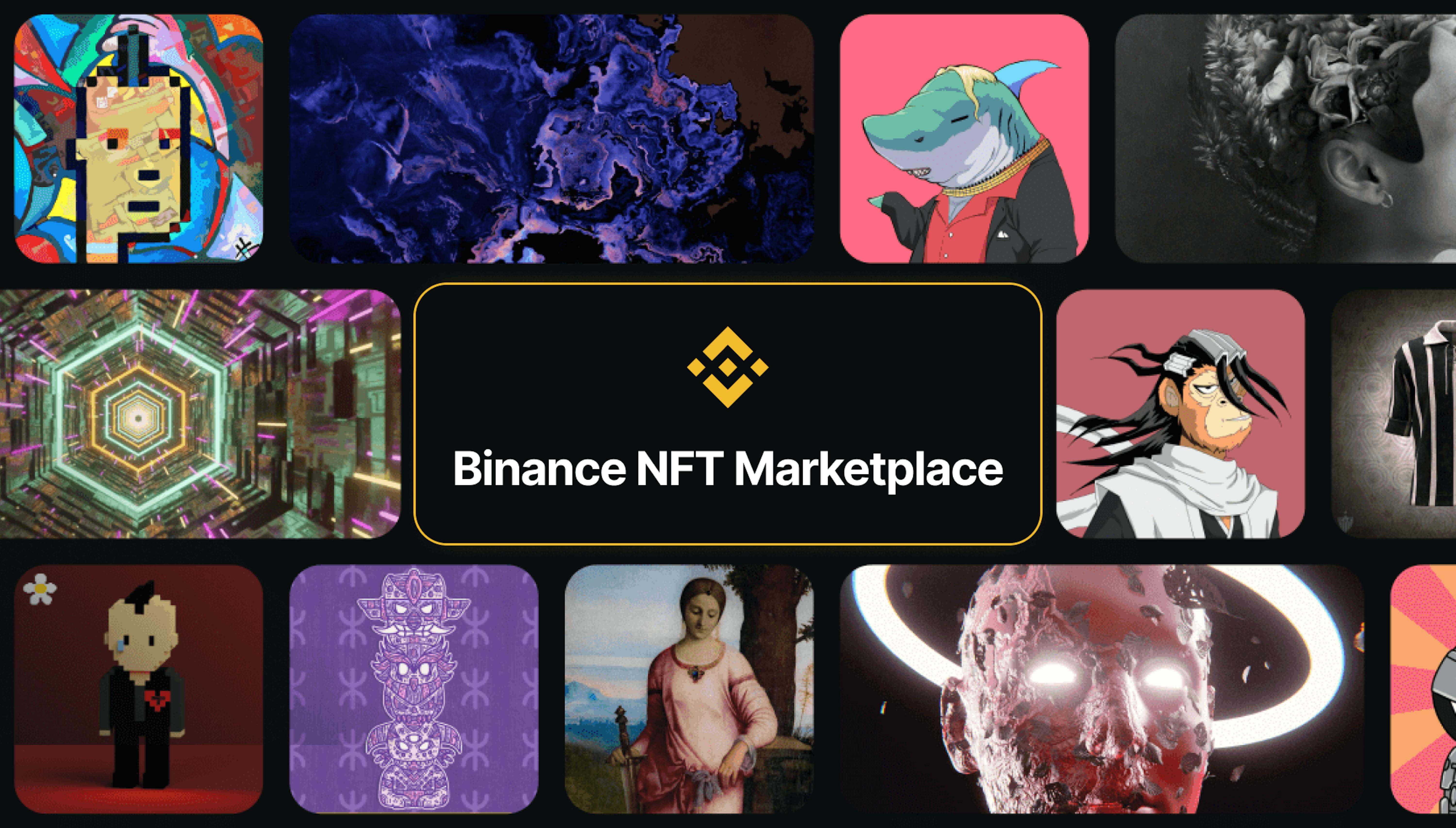
One of the biggest cryptocurrency exchanges in the world, Binance, is also one of the largest NFT marketplaces. Its platform is supported by its own blockchain, making it one of the most stable and long-term NFT marketplaces. The platform's massive size and scale allow it to offer exclusive events and partnerships. With the addition of BNB, users can easily access the platform and buy or sell NFTs. Depositing BNB or ETH into the exchange can also help sell your NFTs.
5. SuperRare
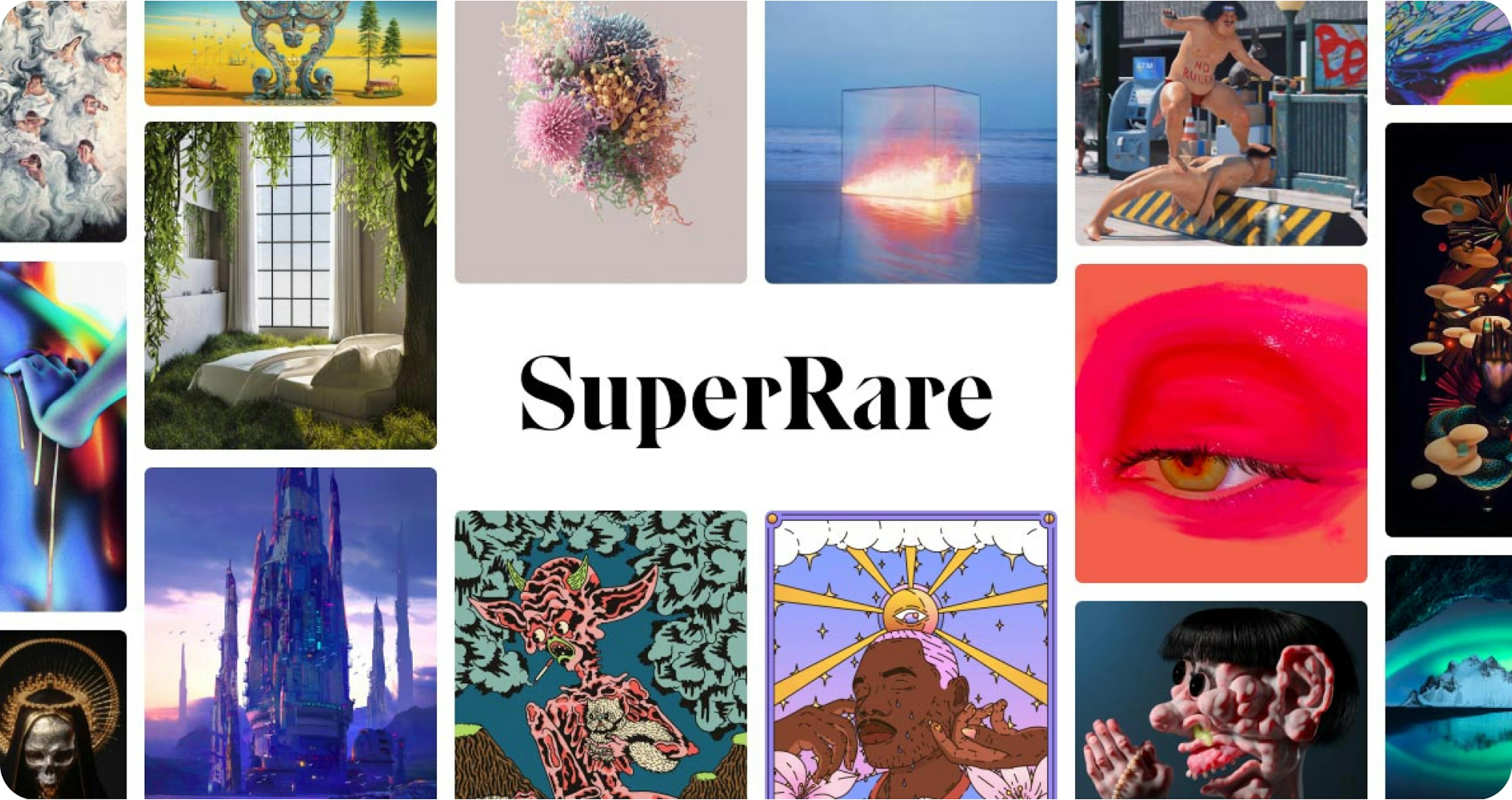
SuperRare positions itself as a high-end NFT marketplace for buying and selling curated art. This means any item submitted by an artist undergoes a strict review process before being made available to buyers. The purpose is to guarantee the quality of items in the marketplace to give collectors a feel that they’re shopping in a traditional gallery space.
Unique NFT marketplaces
Developing a successful NFT marketplace means finding a niche. While the platforms below are small compared to the giants above, these companies have been able to leverage their advantages in their niches to create marketplaces that match the interests of collectors and users in these areas.
1. Gamestarter
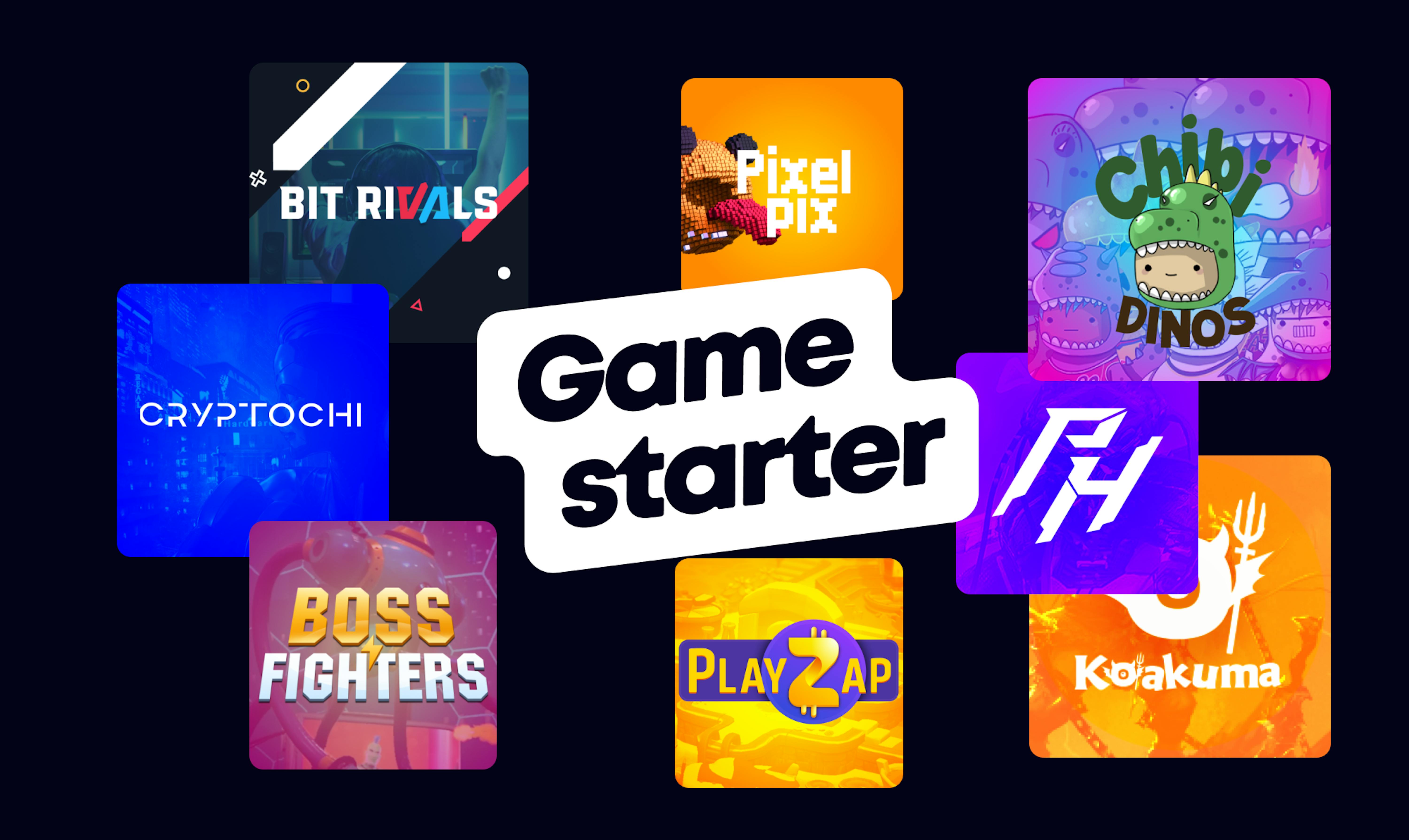
As its name implies, Gamestarter’s niche is the video game industry. Through its platform, the company allows game developers to sell their in-game assets through NFTs and to trade digital assets from their successful launches. The platform's economy is powered by Gamecoin, a blockchain-based digital token. It’s also become a place to crowdfund indie games.
2. NBA Top Shot
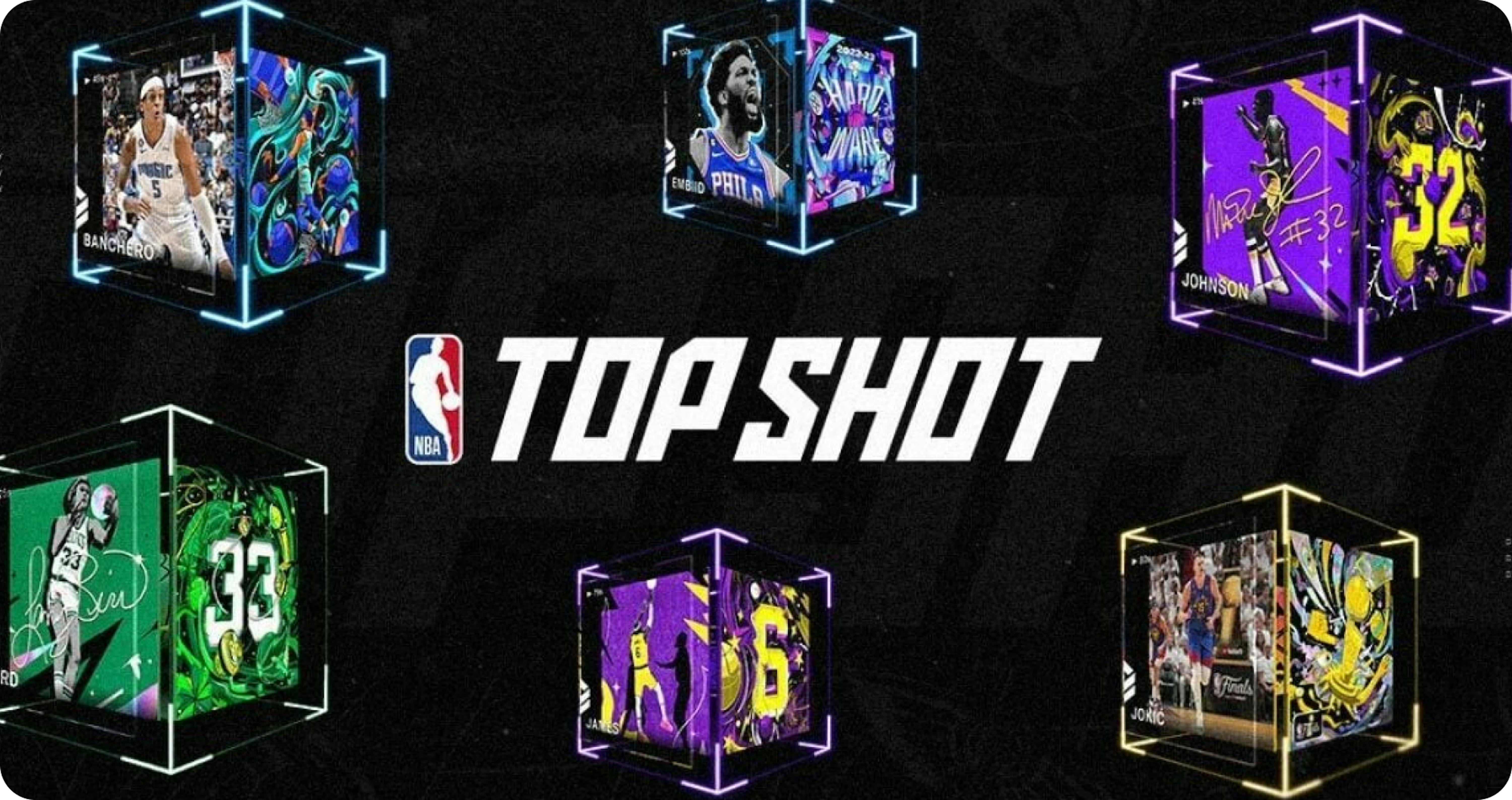
Top Shot takes sports collecting to a new level. Owned by the NBA, this platform has exclusive rights to video clips from basketball’s top moments. Collectors can purchase these moments as exclusive digital collectible items using crypto or fiat currencies.
3. Fifa+ Collect
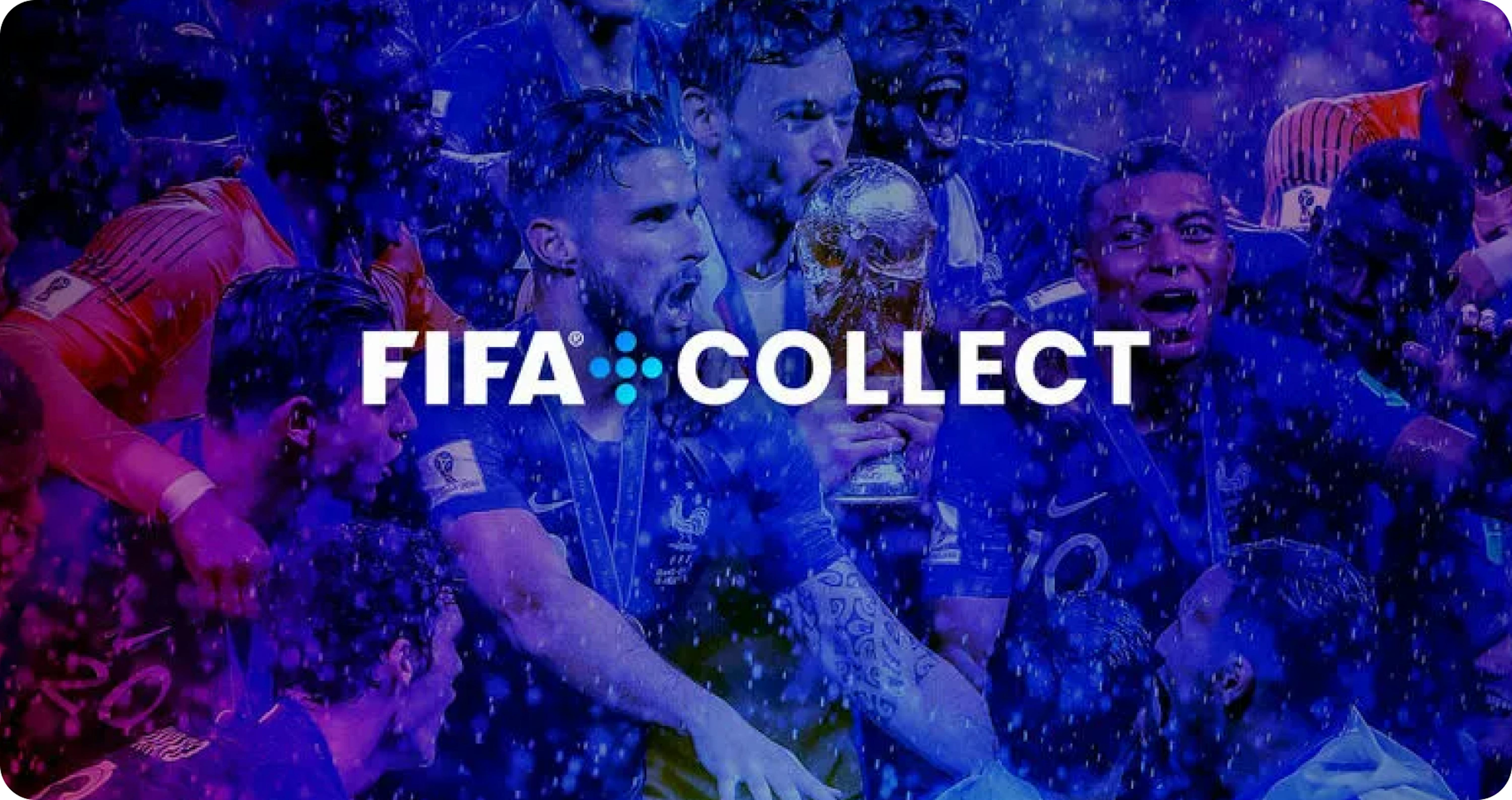
For football fans, this platform has exclusive rights to digital collectibles from across Fifa’s 93-year history. Collectors can purchase these moments as exclusive digital collectible items and curate their own collections.
4. Quint
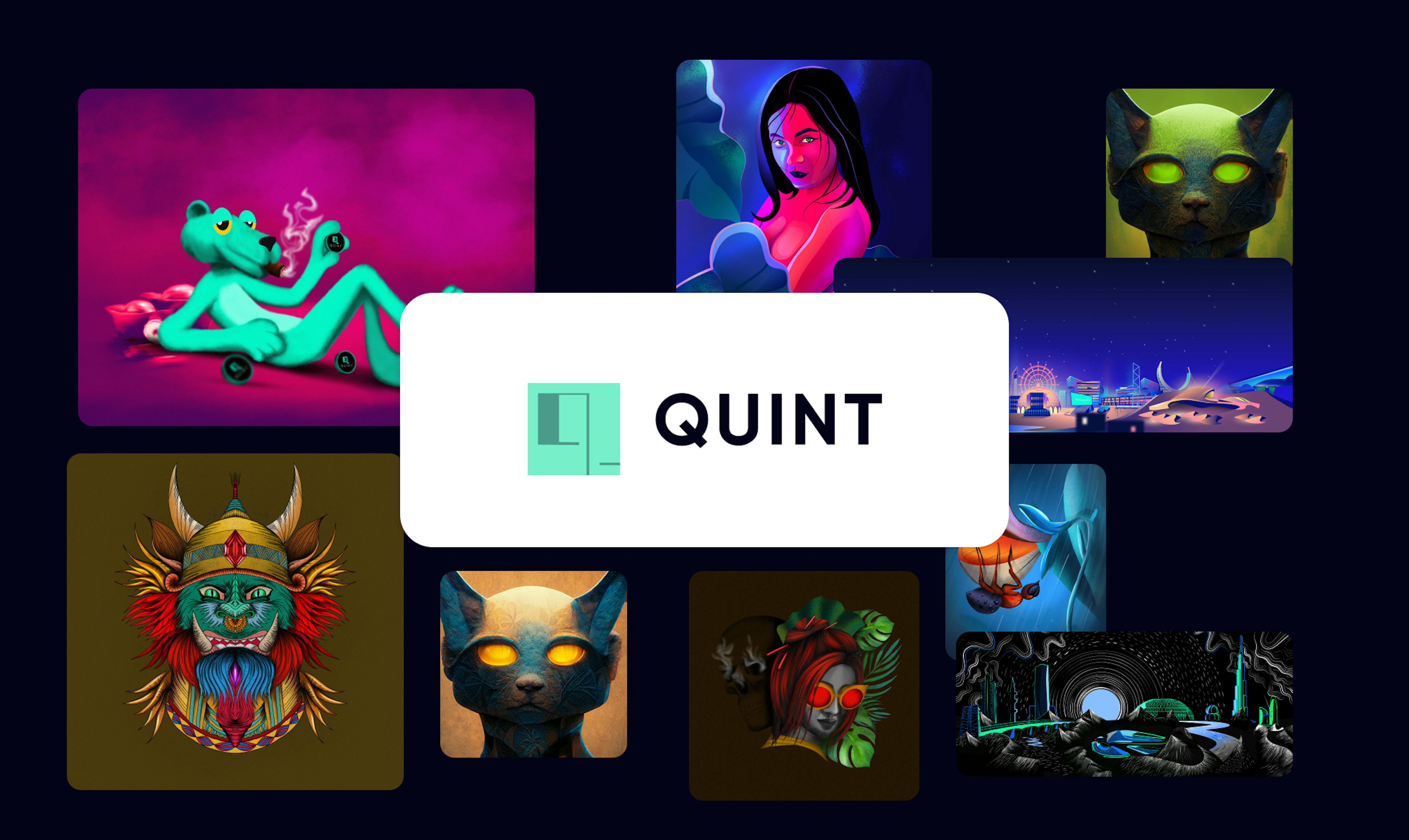
The startup company Quint is focused on connecting the metaverse to the real world through its platform that focuses on the luxury industry. One way it does this is by offering its own custom collection of digital art. When a user purchases an NFT from the company, they also receive a physical copy of the artwork. Through the Metaverse Arts Club, an exclusive social club for the company's token and NFT holders, users can also access the company's various features, including the ability to purchase custom merchandise.
5. STRMNFT
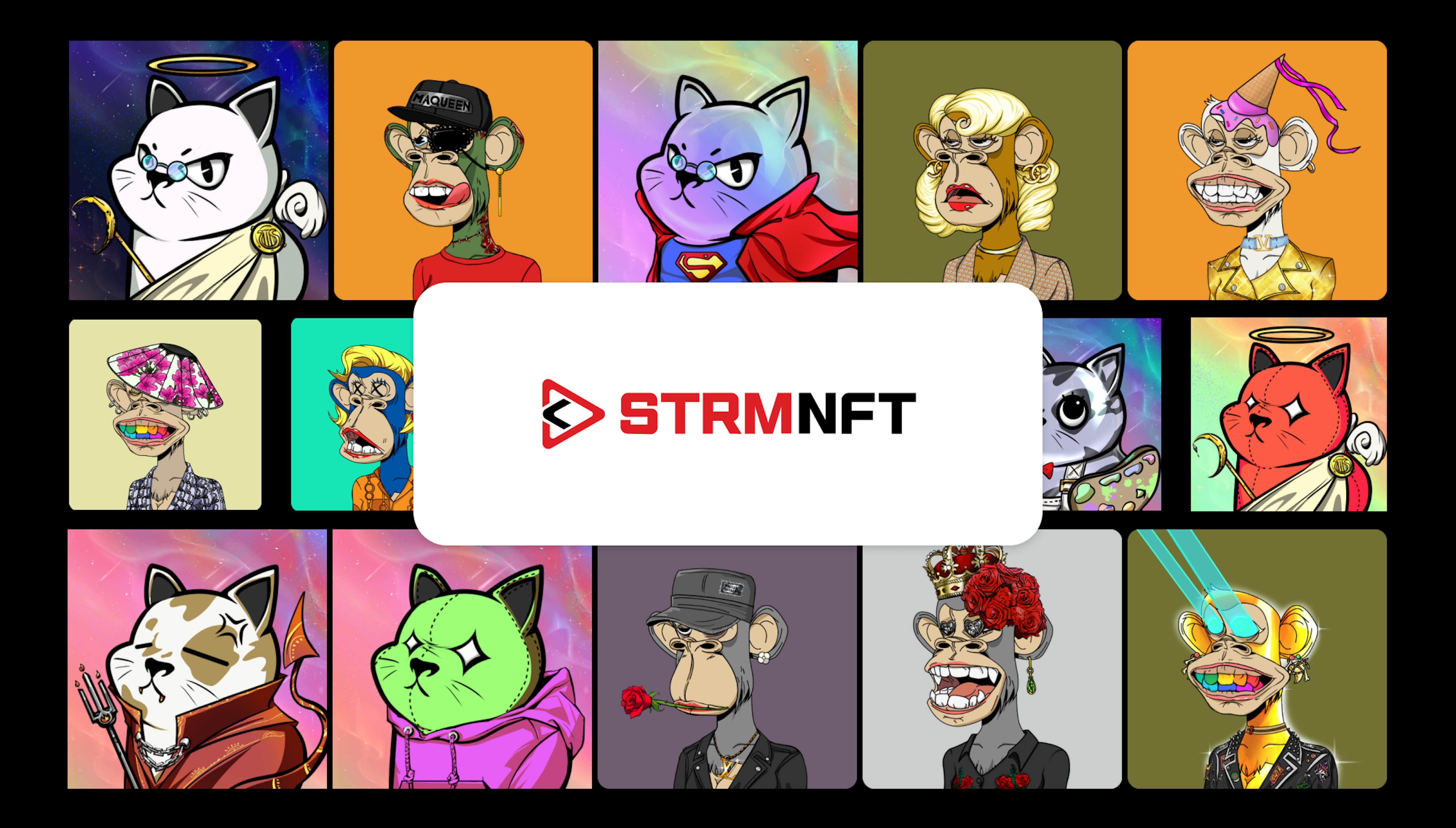
StreamCoin, a blockchain company that focuses on the streaming and non-profit sectors, launched STRMNFT to provide an easy-to-use interface for users to experience non-profit organizations and streaming videos. STRMNFT also offers various features that are similar to traditional video platforms, including the ability to follow and create playlists and to make an NFT collection available for private or public viewing
As you can see, there are free niches for the NFT marketplace that can be filled. But let's go back to the key players in the market and consolidate their key indicators.
The future of the NFT market and marketplaces
Cryptocurrencies are volatile and the past couple of years have witnessed several crashes (Link). Despite these challenges, major brands have begun adopting NFTs. Starbucks introduced an NFT pumpkin spice latte in 2023, several music venues and concern organizers are using NFT tickets, and Nike has introduced NFT sneakers. Two of the marketplaces mentioned above, NBA Top Shot and Fifa+ Collect, are other examples of how established companies are embracing the opportunities afforded by NFTs.
The future of NFTs is still in motion as new industries experiment with how to use them to enhance user and consumer experiences. NFTs are expected to positively impact the gaming industry, for example, enabling companies to expand their operations and create new opportunities for their customers, like allowing players to own in-game avatars.
To wrap up
The number of Non-fungible tokens (NFTs) in the blockchain business continues to rise. The emergence of the NFT custom marketplace has become an essential component of the existing crypto ecosystem. It is expected to significantly boost the industry's growth by allowing various individuals and groups to earn money from the blockchain business.
Despite the technology's limited capabilities, the NFT marketplace's development continues to gain popularity. The NFT custom marketplace is expected to provide a solution that seamlessly connects the crypto experience's various facets. It’ll allow individuals and groups to earn money from the blockchain business.
Don’t miss this opportunity to try to build your own NFT or NFT marketplace now. Mad Devs has extensive experience with blockchain technologies and even hosts an internal community that is dedicated to advancing and developing blockchain technology. Contact us today to get started on creating your NFT marketplace.


